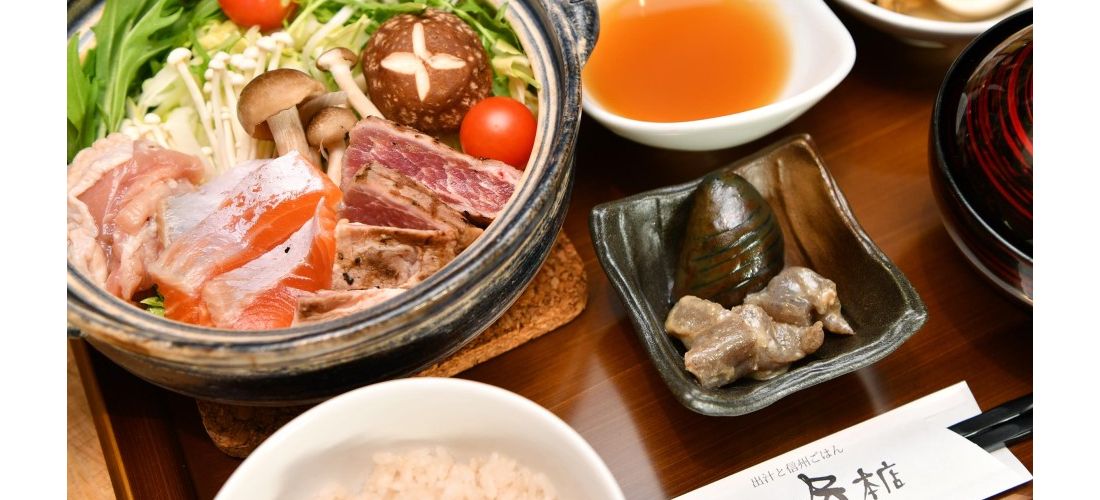
CONTENTS
Outside of sushi and ramen, sukiyaki and shabu-shabu are among the best-known Japanese dishes. Both are rooted in hotpot cuisine, tend to use thin slices of marbled Japanese beef, and are perfect for cold weather. But the similarities end there!
Different Histories
Sukiyaki and the Introduction of Meat Culture in Japan
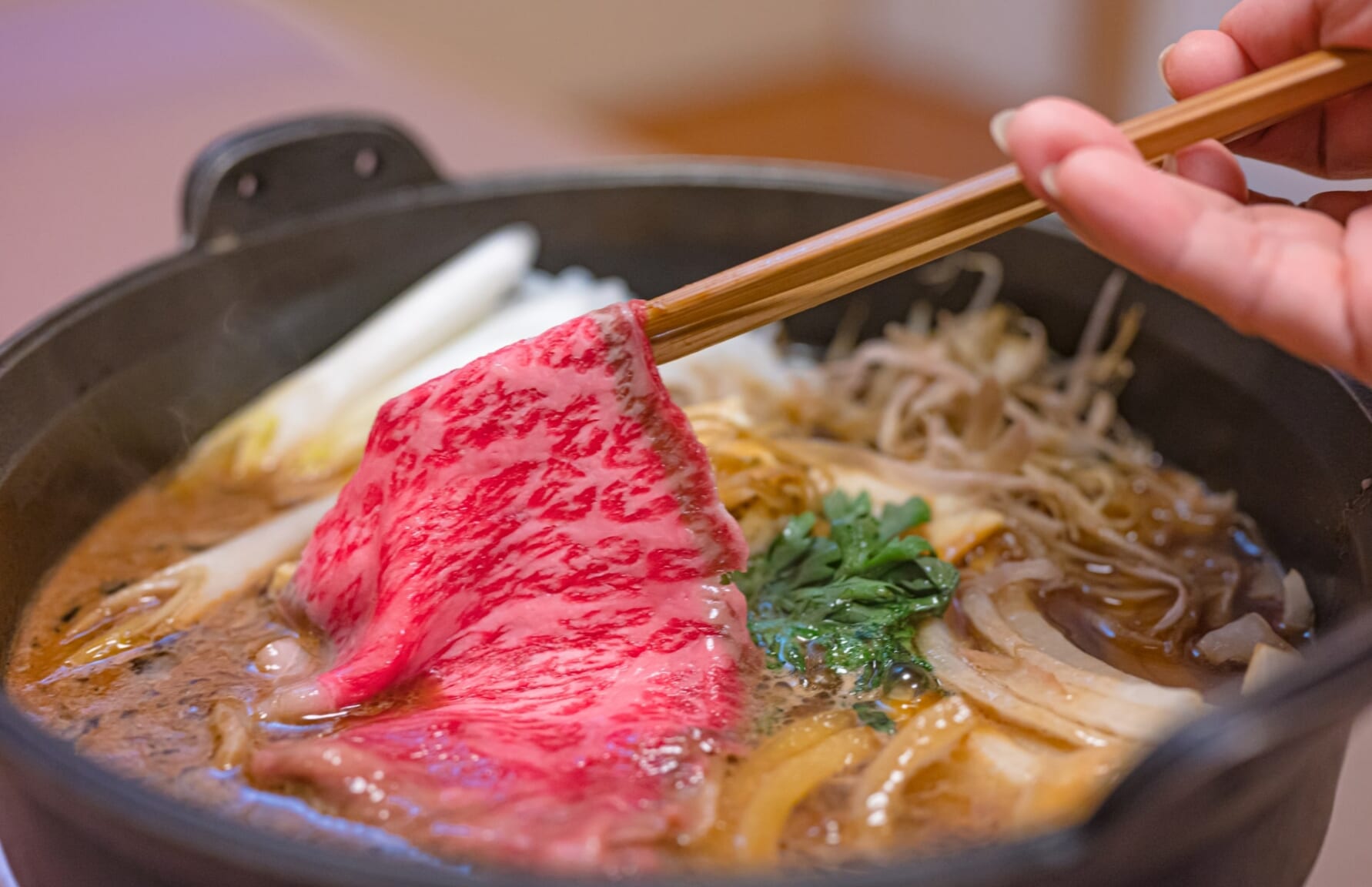
Sukiyaki (鋤焼き) dates back to the Meiji era (1868-1912). “Suki” refers to a kind of shovel once used to grill food, and “yaki” means grilled. As Japan opened up to foreign influences around the turn of the century, eating beef became more accepted, and sukiyaki, which involves stewing meat in a shallow pan, became popular.
Shabu-Shabu, a Postwar Discovery
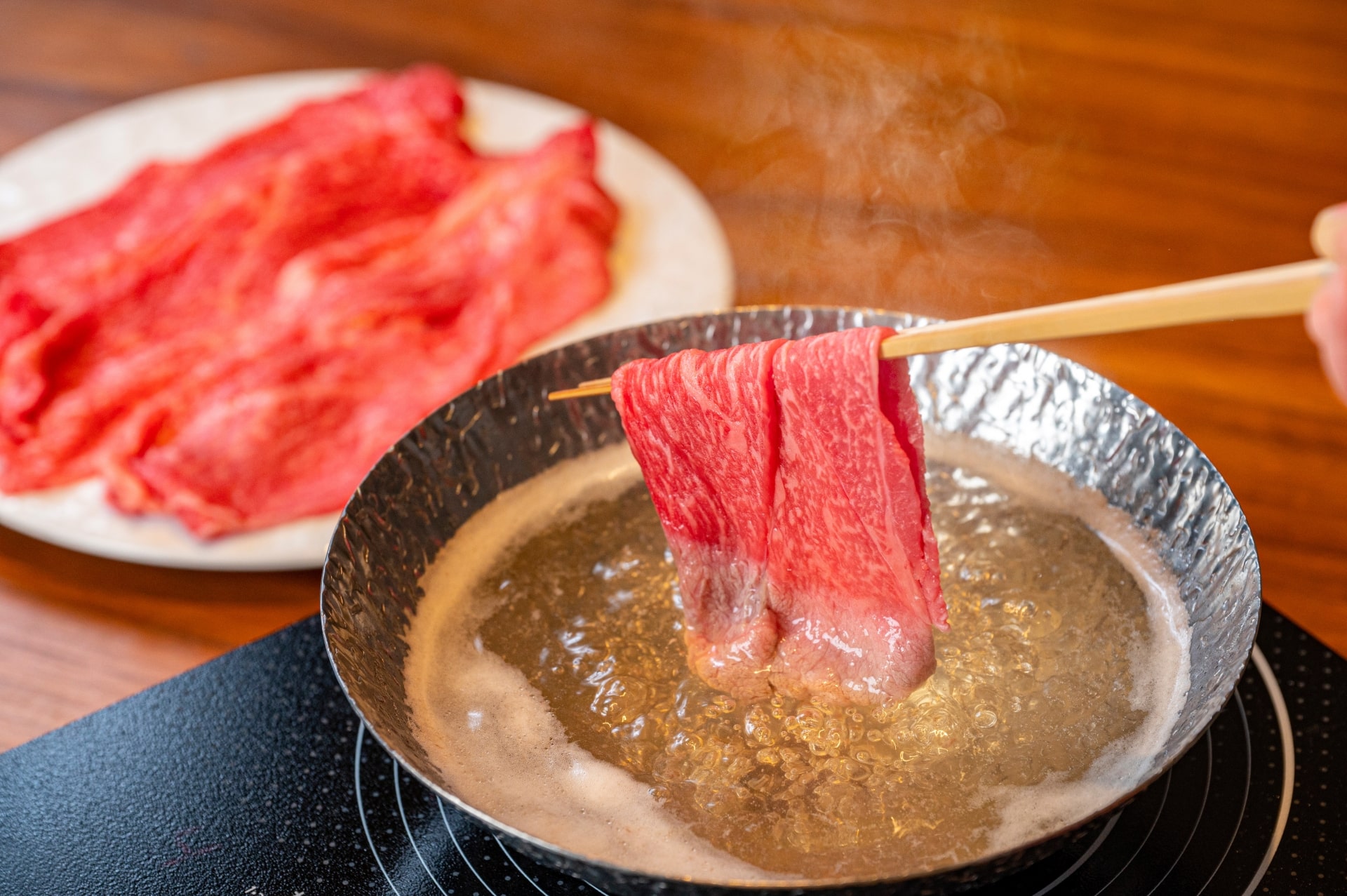
Shabu-shabu (しゃぶしゃぶ) is actually a more recent invention – inspired by a Chinese mutton hotpot, it was brought to Japan from Beijing by Shoya Yoshida after WWII. A Kyoto chef later adapted the recipe using beef and local flavors, and in 1952, a restaurant in nearby Osaka coined the name “shabu-shabu,” an onomatopoeia for the swishing motion of dipping meat in broth. Though beef is most common, pork is also a popular main ingredient.
Meat Slicing
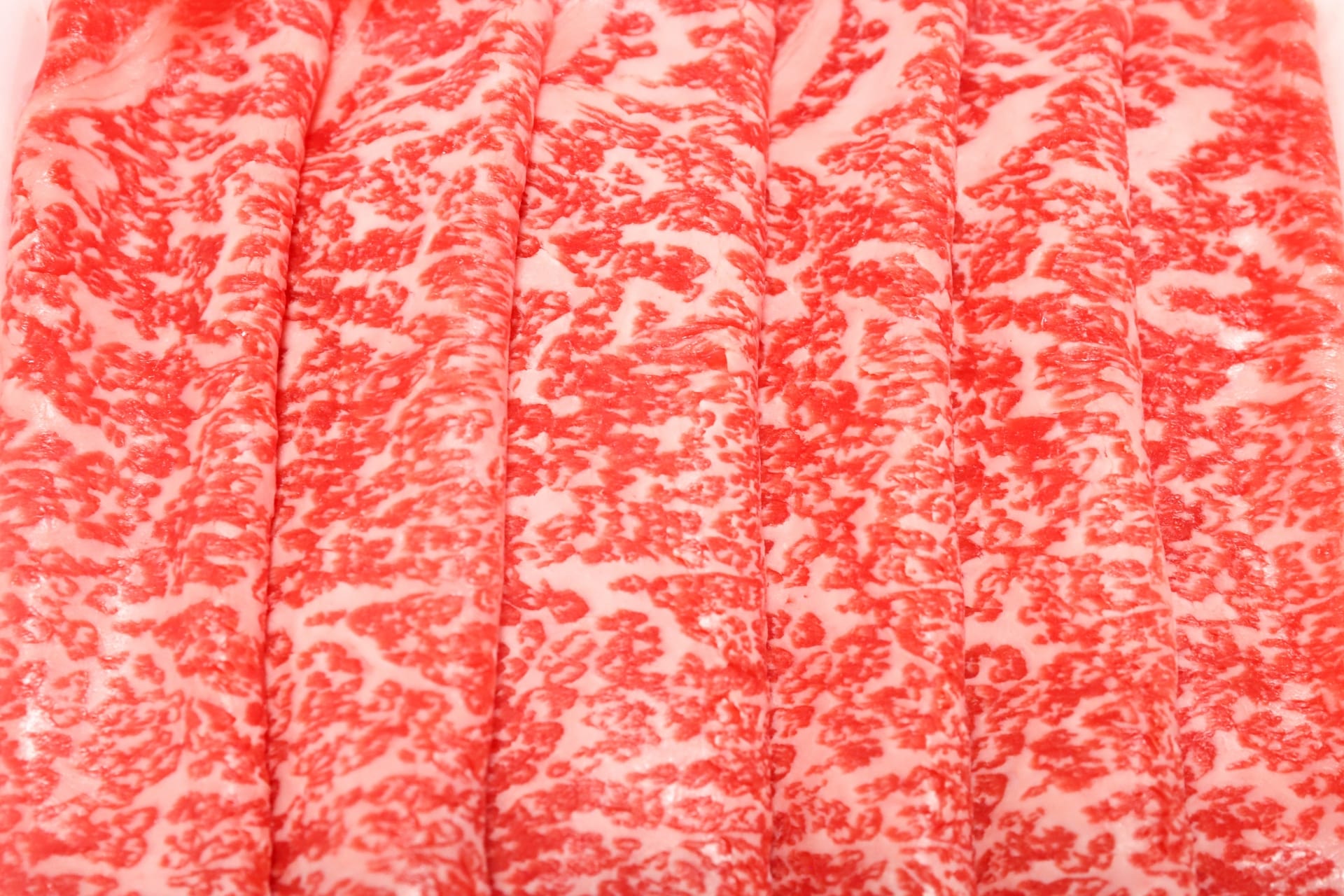
Although the meat itself is usually the same, sukiyaki meat is sliced slightly thicker (1.8~2.5 mm) to stew longer, while shabu-shabu slices are thinner (1.5~2.0 mm) to cook quickly in broth.
Differences in Ingredients and Flavor
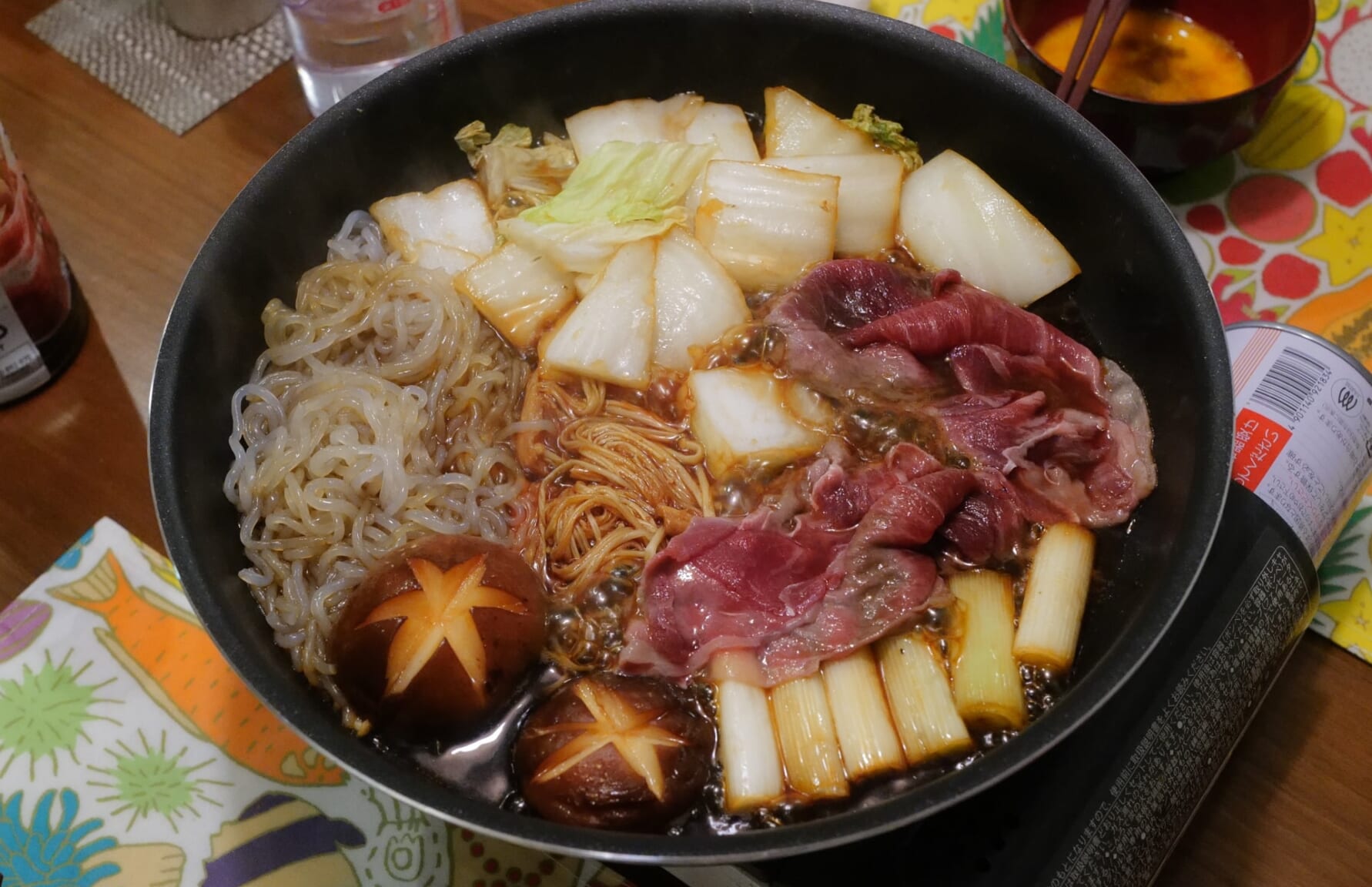
Sukiyaki usually includes tofu, Chinese cabbage, green onions, mushrooms (shiitake/enoki), and noodles (udon or shirataki). Everything simmers in a thick mixture of soy sauce, mirin, sake, and sugar. The cooked meat is generally dipped in raw egg before eating.
For shabu-shabu the meat is swished in steaming kombu-based dashi to cook, then dipped in either ponzu or sesame sauce. The meat is often accompanied by vegetables like onions, carrots, cabbage, mushrooms, tofu, and usually served with rice.
Seasonal Traditions & Serving Methods

Specialty restaurants serve both varieties of hotpot year-round, but traditionally sukiyaki is more closely associated with winter. Even at restaurants, both dishes are often cooked at the table on a small stove. Unlike many other hotpots, ingredients are added and cooked while eating, making the meal interactive and fun.
Once the sauce (sukiyaki) or broth (shabu-shabu) comes to a boil, vegetables are added first, followed by the meat. At the end, noodles (sukiyaki) or rice (shabu-shabu) can be added to the pot to finish the meal.
Both forms of Japanese hotpot are delicious and comforting meals, especially on chilly nights. So unless you’re visiting during peak summer, we recommend trying both during your trip to Japan!
This content has been edited and republished from Japan Web Magazine with permission. The original article was published on Dec 29, 2023. ©2025 Inbound Platform Corp. All Rights Reserved
Japan Web Magazine is an online media platform delivering expert insights into travel, food, culture, and local experiences in Japan. We share insider tips, hidden gems, and must-visit spots to help you explore Japan like a local. Whether it’s your first visit or you’re a seasoned traveler, we’ve got you covered!





 >> Find out more at Japankuru.com! (link in bio)
#
>> Find out more at Japankuru.com! (link in bio)
#





 The Robot Restaurant is gone, but the Samurai Restaurant is here to take its place. Check it out, and don't forget your coupon!
The Robot Restaurant is gone, but the Samurai Restaurant is here to take its place. Check it out, and don't forget your coupon!
 신주쿠의 명소 로봇 레스토랑이 사무라이 레스토랑으로 부활! 절찬 쿠폰 발급중
신주쿠의 명소 로봇 레스토랑이 사무라이 레스토랑으로 부활! 절찬 쿠폰 발급중
 18歲以上才能入場的歌舞秀,和你想的不一樣!拿好優惠券去看看~
#tokyo #shinjuku #samurairestaurant #robotrestaurant #tokyotrip #도쿄여행 #신주쿠 #사무라이레스토랑 #이색체험 #할인이벤트 #歌舞伎町 #東京景點 #武士餐廳 #日本表演 #日本文化體驗 #japankuru #japantrip #japantravel #japanlovers #japan_of_insta
18歲以上才能入場的歌舞秀,和你想的不一樣!拿好優惠券去看看~
#tokyo #shinjuku #samurairestaurant #robotrestaurant #tokyotrip #도쿄여행 #신주쿠 #사무라이레스토랑 #이색체험 #할인이벤트 #歌舞伎町 #東京景點 #武士餐廳 #日本表演 #日本文化體驗 #japankuru #japantrip #japantravel #japanlovers #japan_of_insta
 코지마 x 빅 카메라 쿠폰으로 일본 가전 제품 쇼핑하기
#pr #japankuru #japanshopping #kojima #biccamera #japaneseskincare #yaman #dji #osmopocket3 #skincaredevice #日本購物 #美容儀 #相機 #雅萌 #日本家電 #일본여행 #면세 #여행꿀팁 #일본쇼핑리스트 #쿠폰 #일본쇼핑 #일본브랜드 #할인 #코지마 #빅카메라 #japankurucoupon
코지마 x 빅 카메라 쿠폰으로 일본 가전 제품 쇼핑하기
#pr #japankuru #japanshopping #kojima #biccamera #japaneseskincare #yaman #dji #osmopocket3 #skincaredevice #日本購物 #美容儀 #相機 #雅萌 #日本家電 #일본여행 #면세 #여행꿀팁 #일본쇼핑리스트 #쿠폰 #일본쇼핑 #일본브랜드 #할인 #코지마 #빅카메라 #japankurucoupon




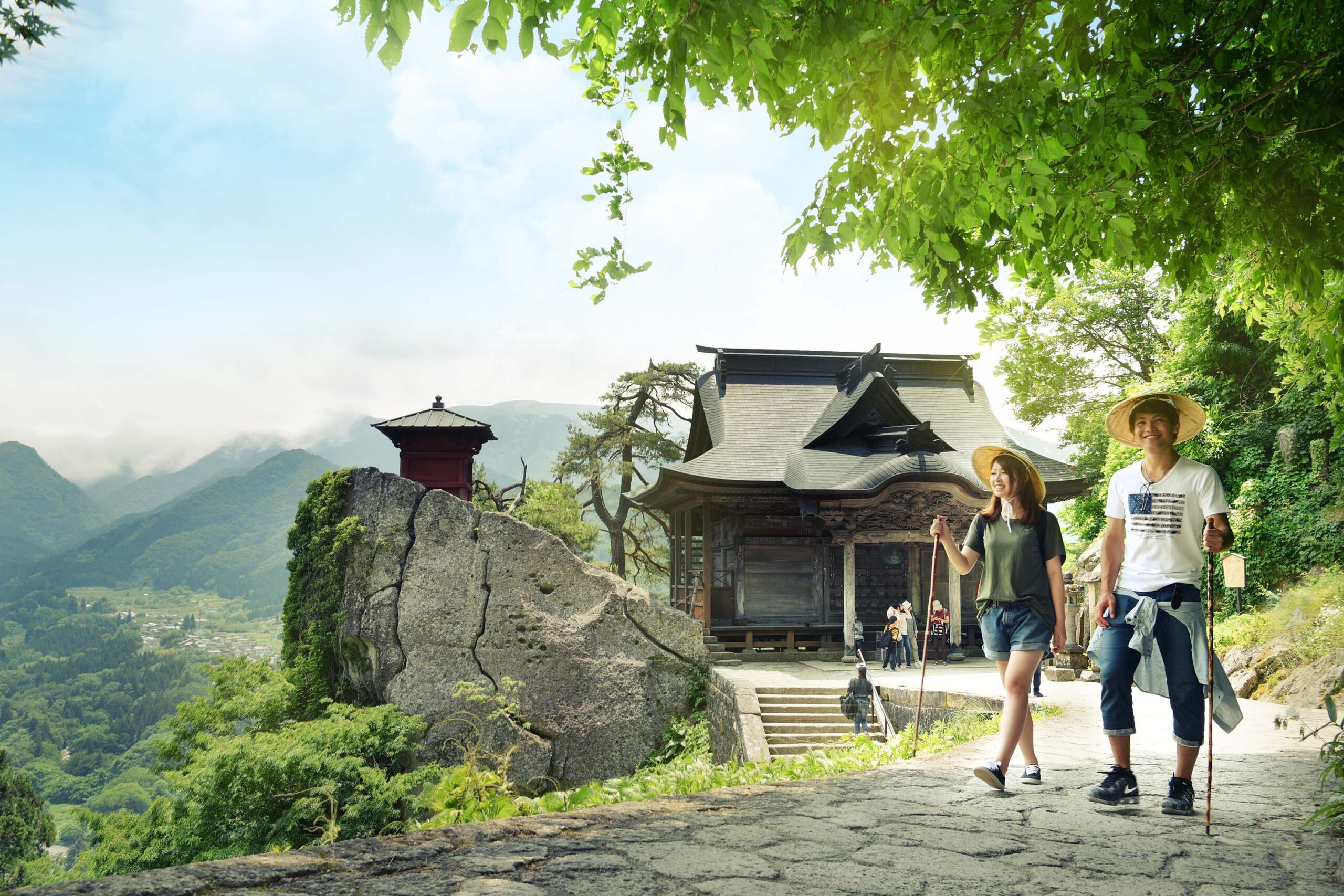


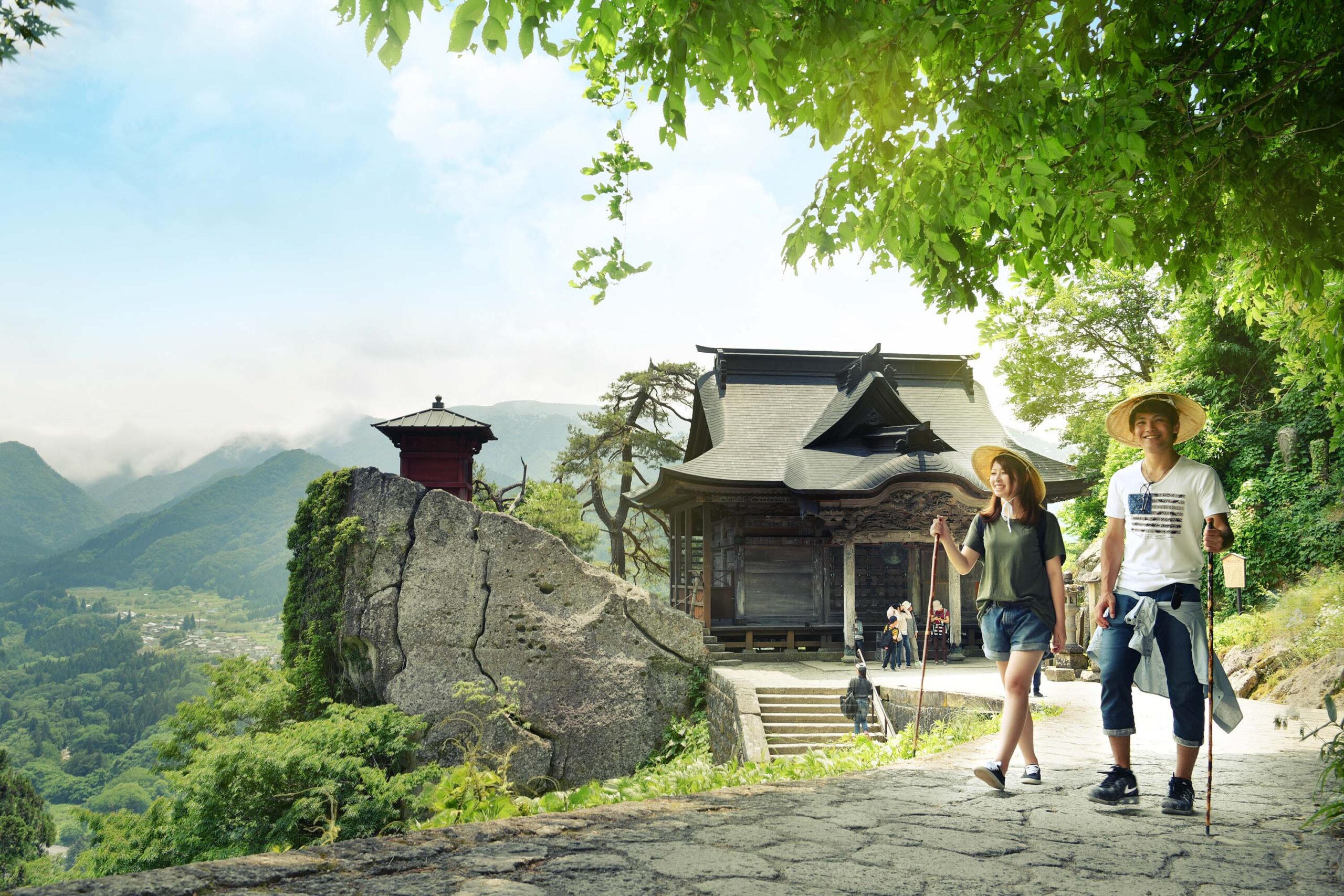
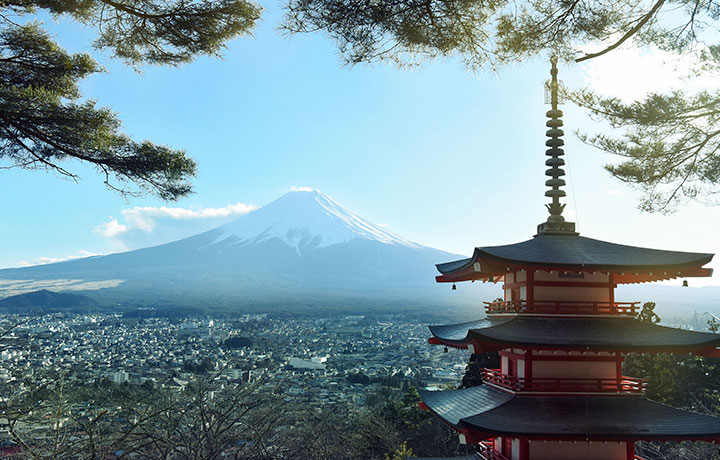
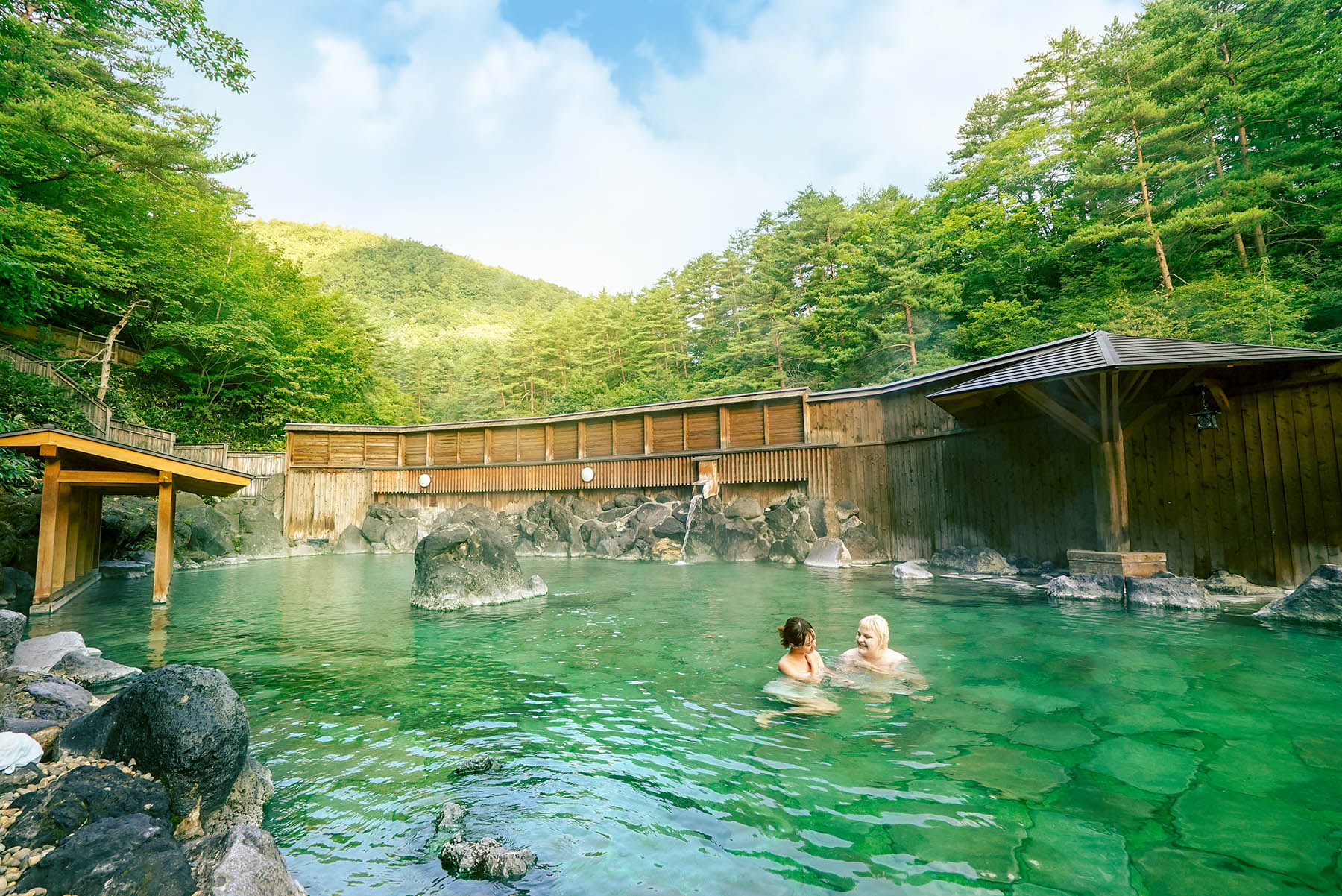

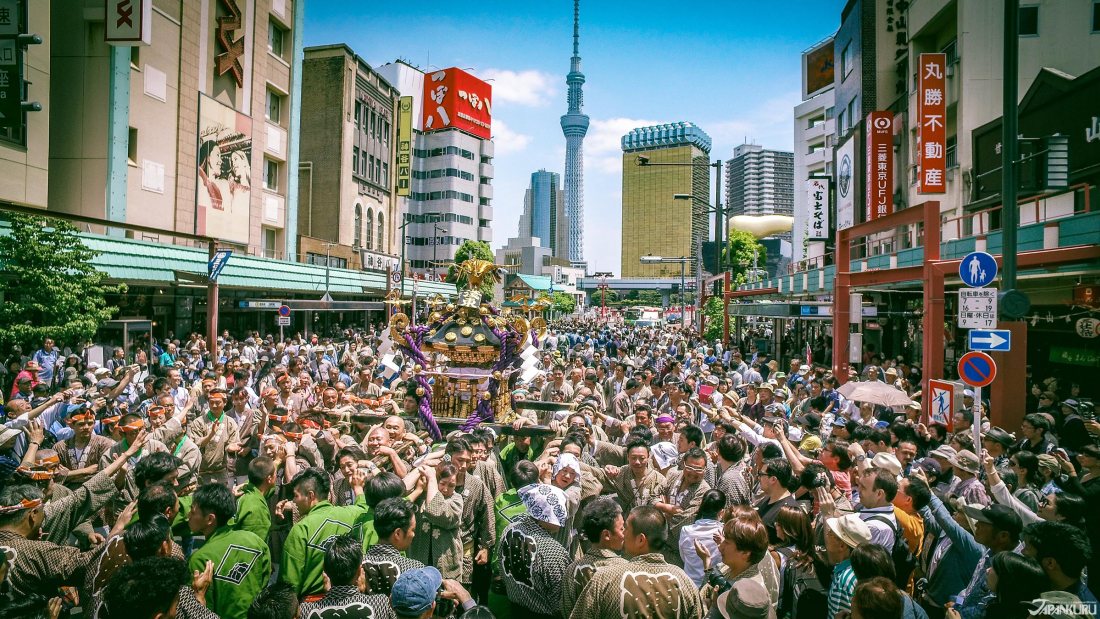
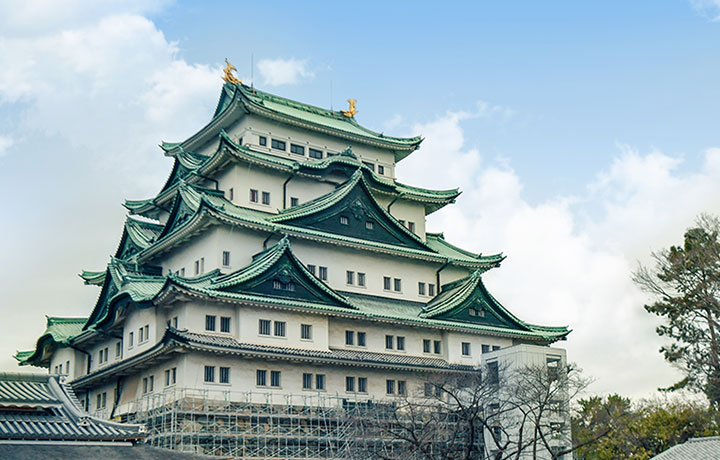




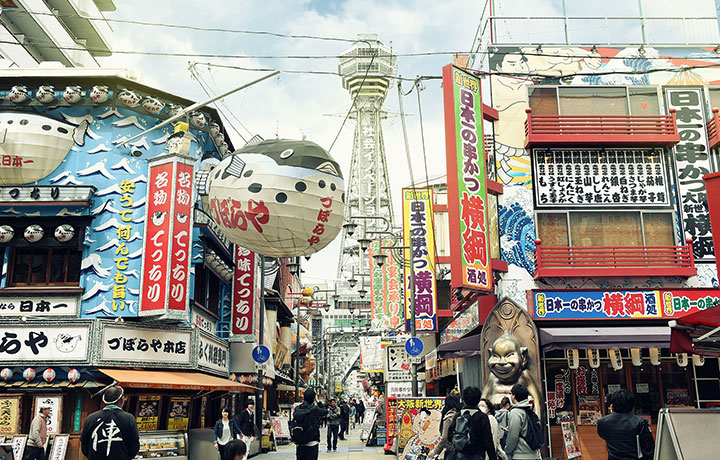

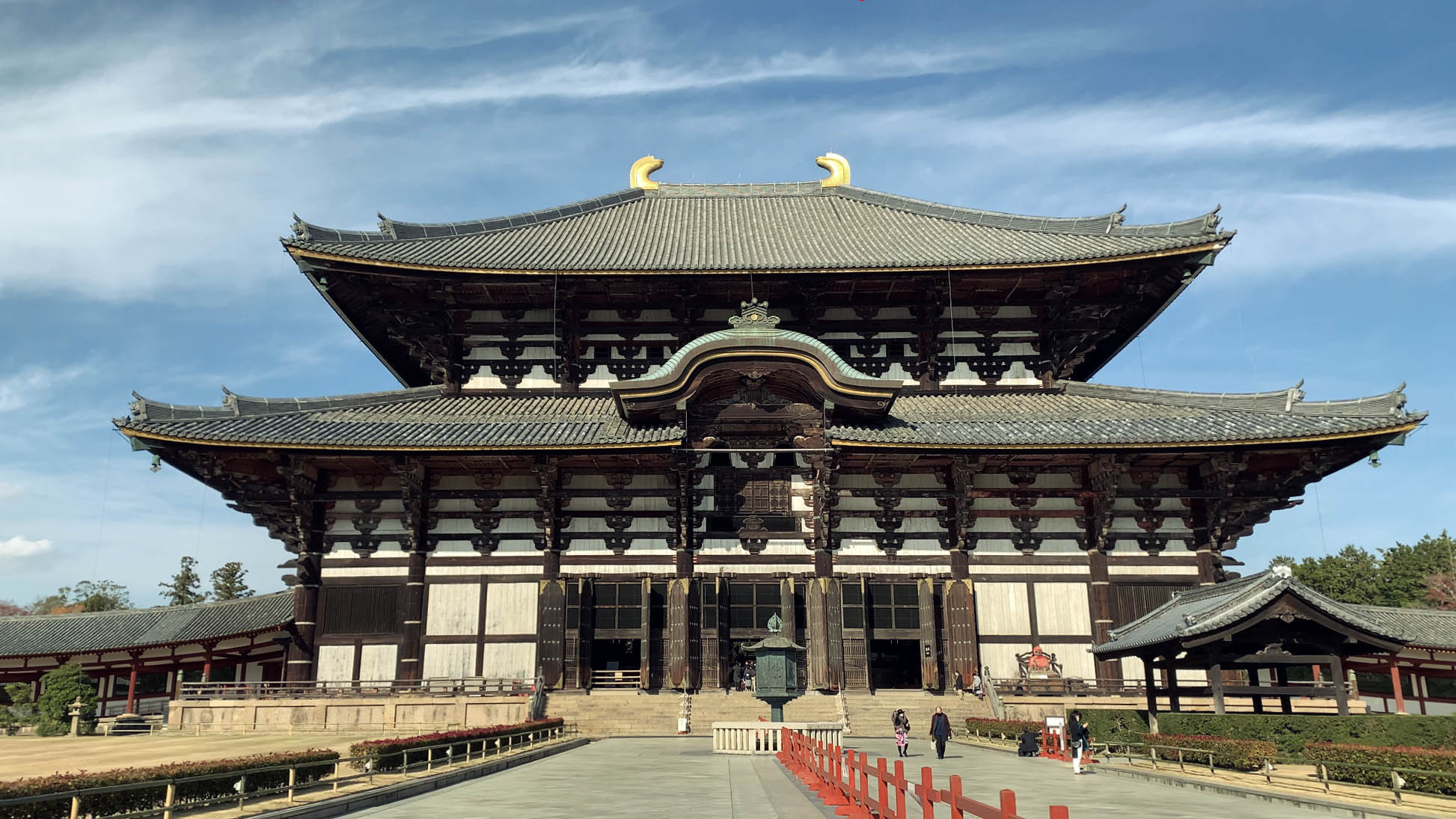


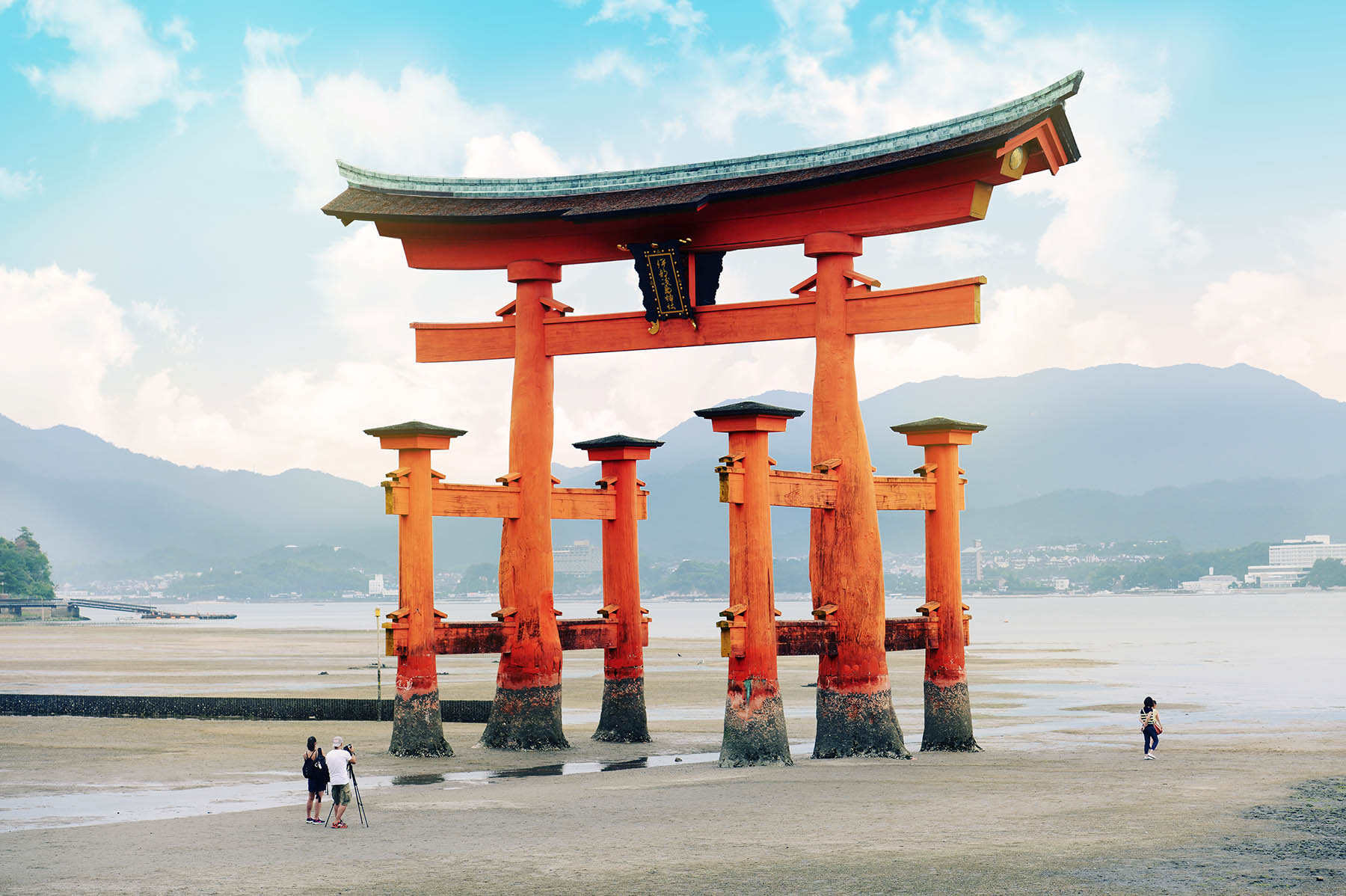



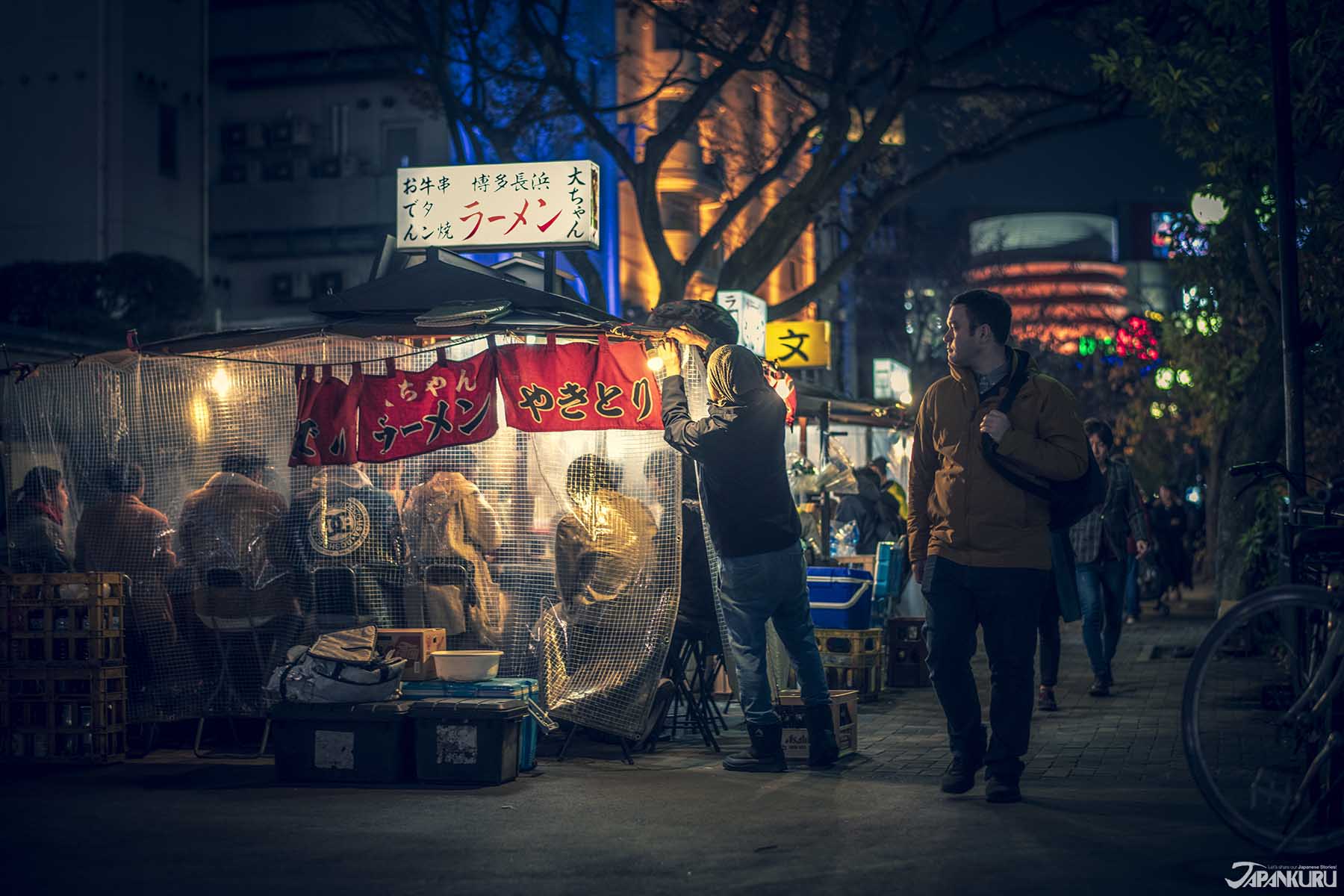




 Oita Hello Kitty Airport
Oita Hello Kitty Airport  Lands April 13th
Lands April 13th












